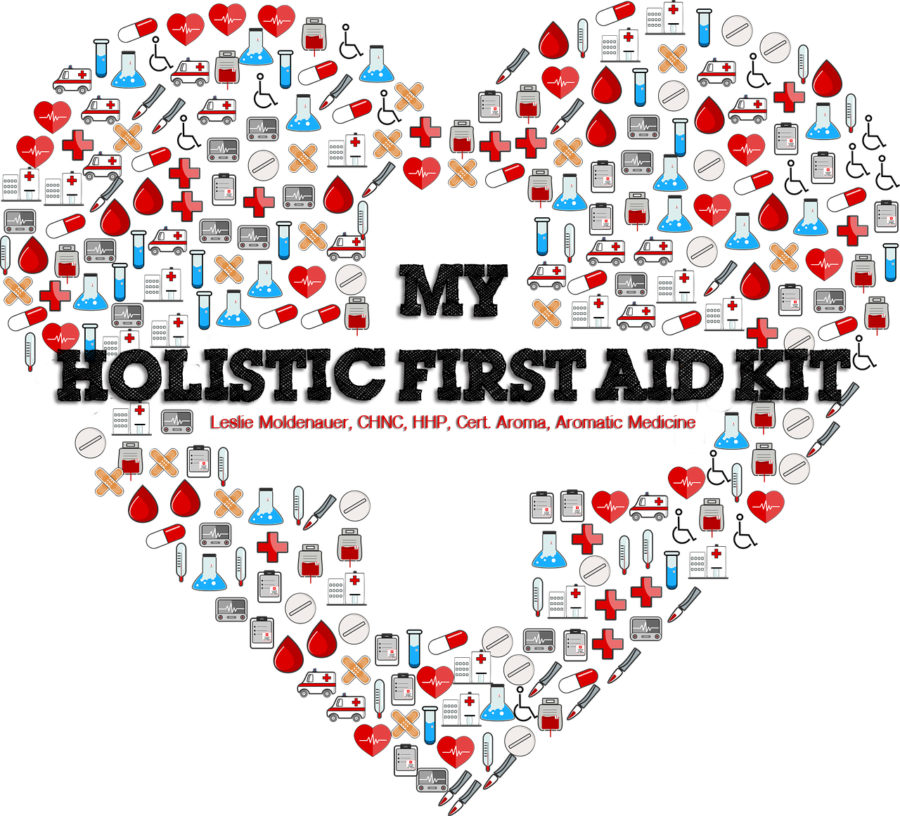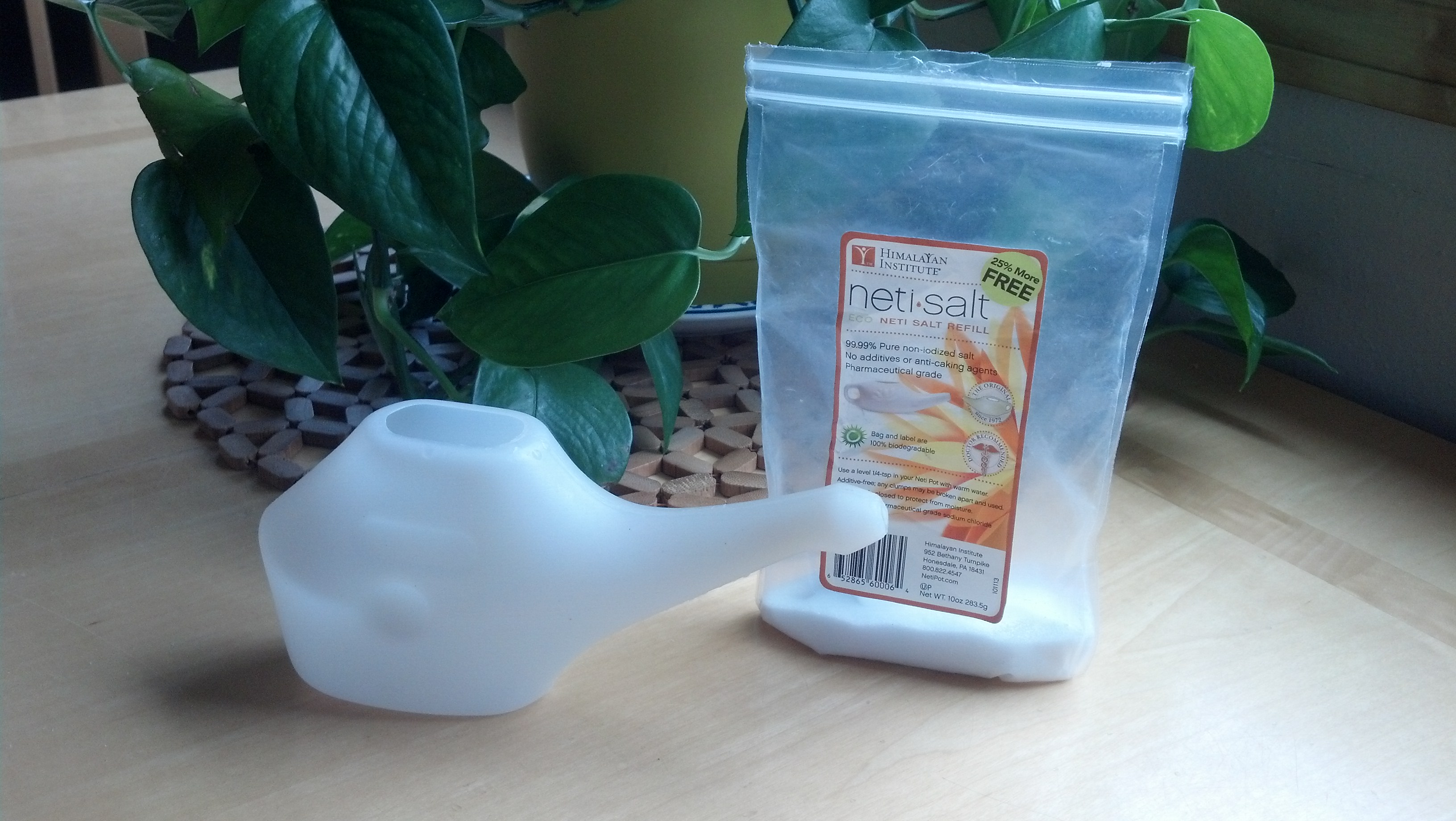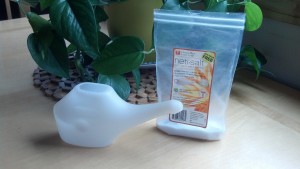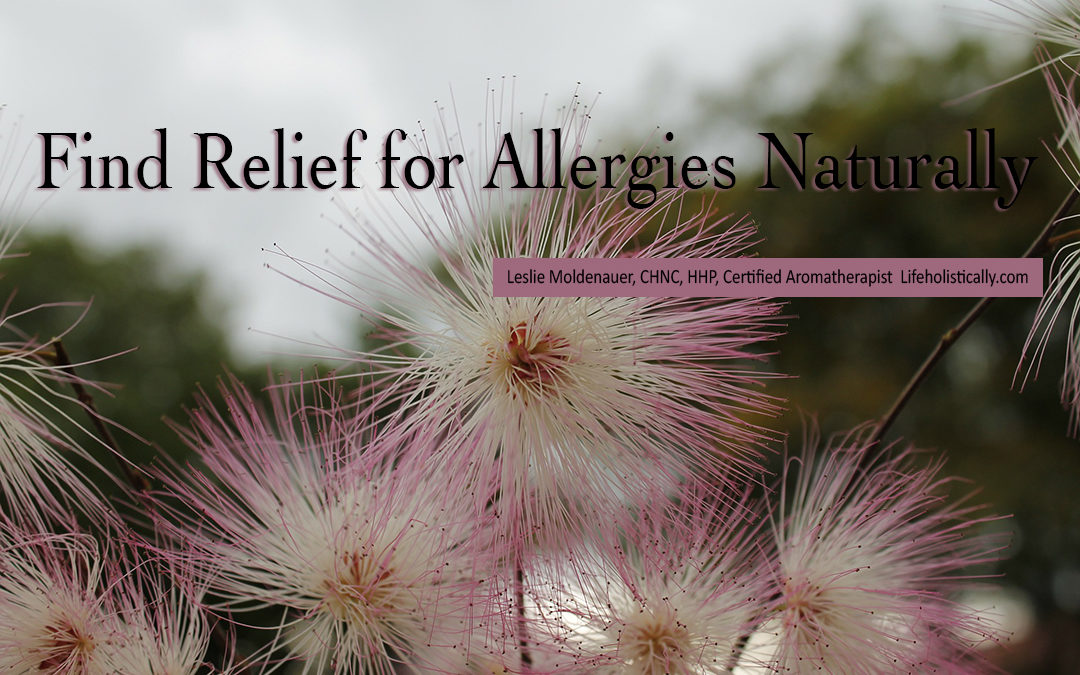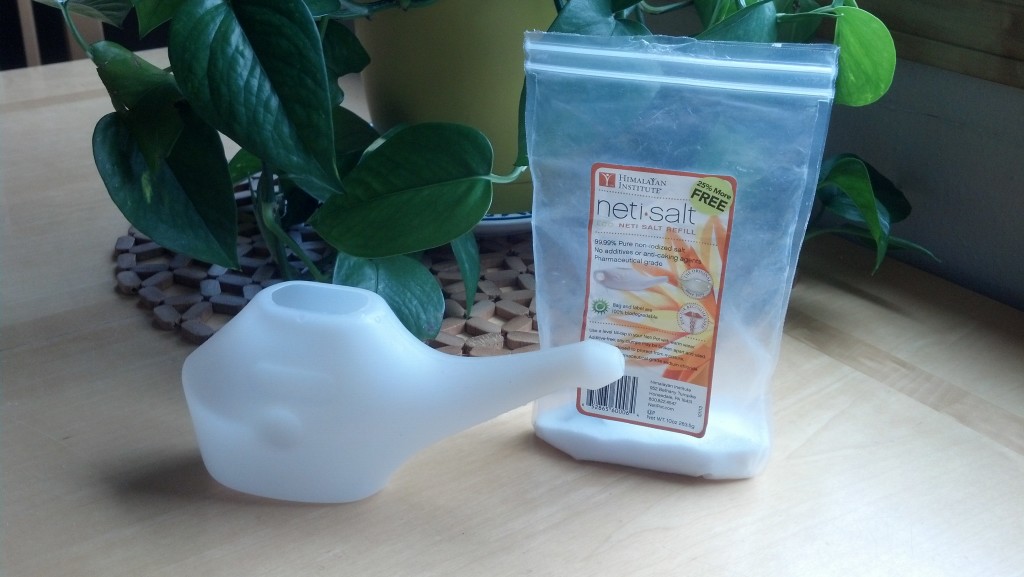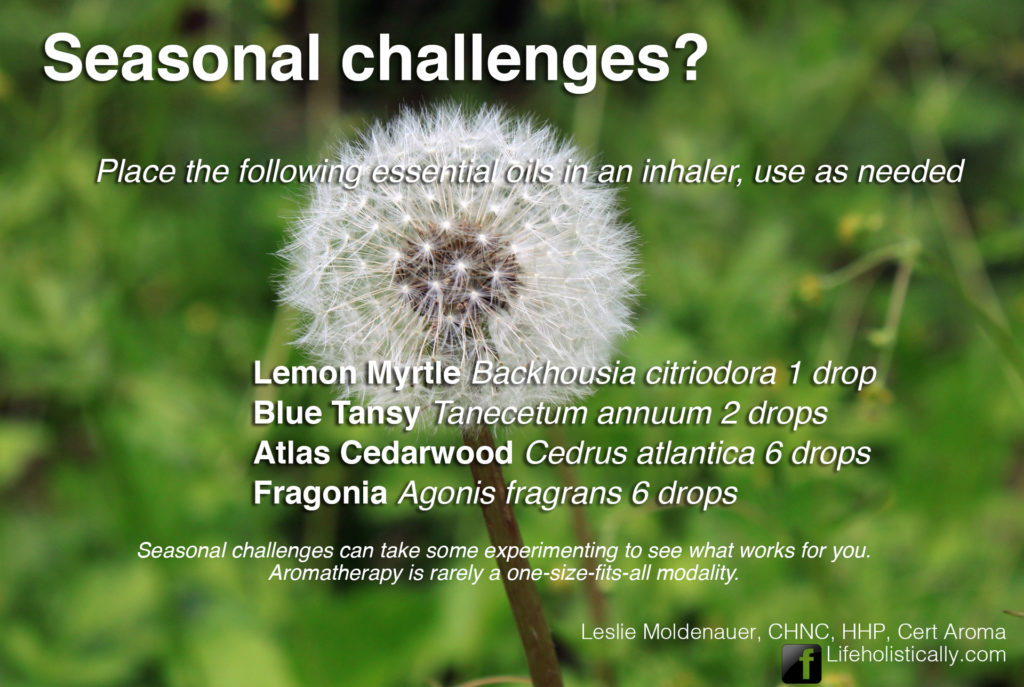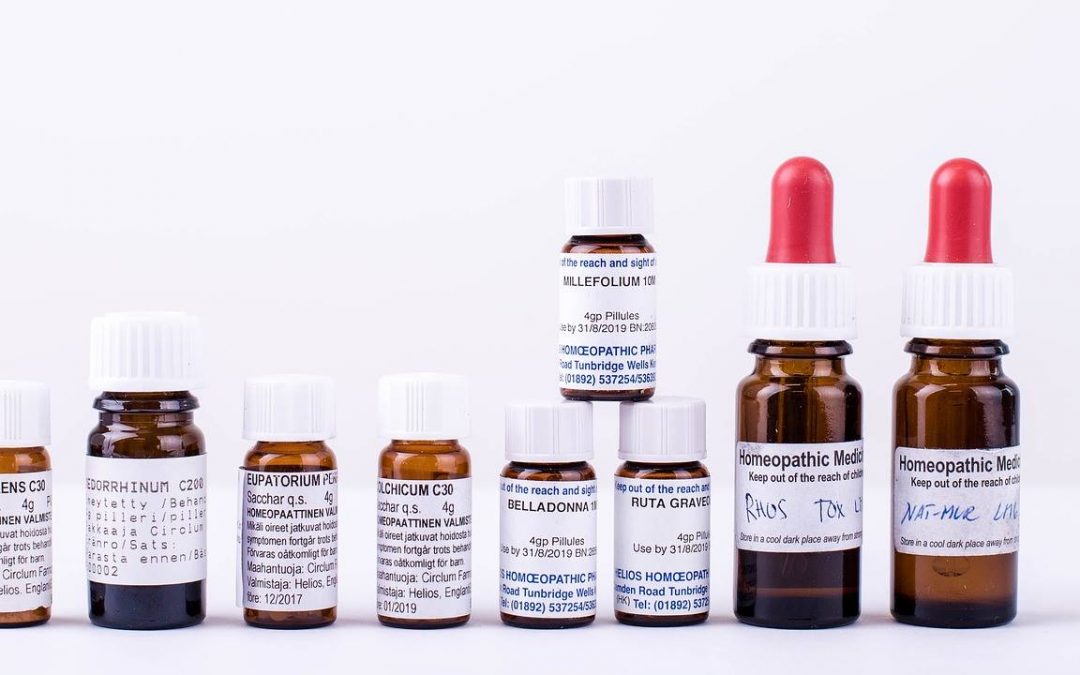
The Benefits of Homeopathy for Children
Homeopathy is an excellent natural health modality that can benefit any living being. People, animals, plants, basically anything and anyone. I wanted to give a brief history of homeopathy and explain why I love it, especially for kids.
History of Homeopathy
Samuel Hahnemann was a German scientist, born in 1755 who first discovered the essence of homeopathy. Homeopathy means “similar suffering”. Dr. Hahnemann brought into theory “like cures like” which is the law of similars. If you have ever had too much alcohol and woke with a hangover, you may understand how the “hair of the dog that bit you” works. You feel awful so you have a bloody Mary or a shot of alcohol to help relieve the ill effects of the night before. That is the law of similars in action.
In 1795 Dr. Hahnemann was supplementing his income by translating medical books into different languages when he noticed something peculiar. He was translating Cullen’s Materia Medica and noticed that the herbal tincture of Peruvian Bark contained quinine which helped people with malaria. He was so excited about this finding he decided to take a dose of this tincture to see if he could produce the same symptoms in himself, even though he was healthy. It worked! This is considered the first homeopathic proving.
A proving is when many healthy people take a dose, or doses of a homeopathic remedy in the hopes it will produce symptoms. Those symptoms are compared with all the people who took the remedy, then recorded for later use. It guides us into what the remedy may be useful for in the future to help people.
When Dr. Hahnemann took the Peruvian bark, since he didn’t have malaria, he produced the symptoms in his healthy body. He learned that by taking the remedy that produces certain symptoms in a healthy person, it will help heal those same symptoms in a sick person.
What is homeopathy?
Homeopathy can be used for almost any imbalance in the body, whether that be physical, mental, emotional or even spiritual. It is available in many formats such as pellets, liquid, creams, chewables, and even lozenges. It is regarded as generally safe and non-toxic. It is also generally free from any direct contraindication with medication above the Avogadro constant in chemistry. We will talk about that below in how remedies are made.
Remedies are made from plants, animals, minerals, environmental toxins (pesticides, plastic and more), diseased tissue, healthy tissue, medication, vaccines and even the black hole. The homeopathic school I attend did a proving on the black hole, it was very cool.
Homeopathy can be used in constitutional treatments, which is a way to focus on the entire being to improve the general health of the whole person. There is also acute care which is used when there is an injury, cold or sickness that doesn’t generally last that long.
How are homeopathic remedies made?
One of the laws in chemistry is the Avogadro constant. This states that there is a limit to the dilution that can be made without losing the original substance altogether. Any remedy below a 12c or 24x can have minute particles of the original substance left in it, much like an herbal tincture. So please consider that when choosing a remedy. Anything above a 12c or 24x should not have any partials of the original substance left.
An x dilution is 1 drop of herbal tincture or triturated substance in 9 drops of water and alcohol solution making that a 1x. Then it is shaken or succussed and 1 drop of that is taken and added to another bottle with 9 drops of alcohol and water solution. Now that is a 2x. It can be done 50,000 times or more.
A c dilution is 1 drop of herbal tincture or triturated substance in 99 drops of water, then succussed. That is a 1c. 1 drop of that is added to 99 more drops of water and alcohol solution in another bottle and shaken or succussed and becomes a 2c. Again, this can be done thousands of times. Think about how much of the actual substance is left in even a 1x dilution (which I have never seen in a retail location, only a homeopathic pharmacy).
You will generally find single or combination remedies that are 3x, 6x, 12x, 30c, or 200c on store shelves. Anything more than a 200c generally needs to be obtained from a homeopathic pharmacy as they are VERY potent and need to be used by a properly trained homeopath. It isn’t that they can poison you, it’s that it may elicit physical or mental symptoms that you are not prepared to handle. The smaller the number, the weaker the potency. The higher the number, the stronger the potency. For home use, I don’t advise going over a 30c. This will help avoid issues that you may not know how to handle. We want to use the smallest potency and the least number of doses to initiate a healing response in the body so it can do what it’s meant to do. The human body is an amazing thing and can heal itself if given the opportunity and the ability.
Why Homeopathy with Children?
Kids and animals are 2 of my favorites to work with. Neither one has a preconceived notion on whether the remedy will act or help them. They are trusting and not jaded by life. They know that when they take something, they either get better or they don’t. You can see it but how they act. My 5-year-old loves homeopathy so much he asks me to help kids in his class. One day he asked me to send a “stitches healing remedy” to school with him for a little girl who had stitches in her chin and couldn’t participate in gym. If only more were so open to the possibilities.
Remedies I have found to be beneficial for children (and adults):
- Aconite (Aconitum napellus) – shock or a scary situation such as a car accident, hurricane, tornado, earthquake or emergency. The person needing this remedy may have an illness that comes on suddenly, especially after being chilled or from a cool or cold breeze. The rapidity of the situation is what dictates this remedy. A child who wakes very anxious, vulnerable, needy or frightened with a cough and cannot breathe may specifically benefit from this remedy.
- Apis (Apis mellifica) – burning, stinging pain with swelling and a great sensitiveness of the area being touched, general soreness, even the hair can be painful. The person needing this remedy may be tired and bruised feeling, as if they worked very hard and now need to lie down. Things like insect bites, bee stings, sprains, strains, and minor allergic reactions may be better with this remedy.
- Arnica (Arnica montana) – bruising, inflammation, and injury, especially an injury with a bruise. The person needing this remedy may have a general bruised feeling, and possibly an injury from blunt force trauma or surgical trauma with bruising. Also great for over-doing any exercise or activities.
- Arsenicum (Arsenicum album) – fever, toxicity, exhaustion, food poisoning, vomit or vomit and diarrhea, food intolerance, and Montezuma’s Revenge. The person needing this remedy may be restless, cold, and weak with a great thirst for only small sips of water. They may have cramping that is painful in the abdomen with a burning sensation and is worse from eating and drinking.
- Belladonna (Atropa belladonna) – fever, teething and ear issues. The person needing this remedy may have a hot, flushed face – if a fever, the fever doesn’t have to be high, but they are generally weak and glassy-eyed. The area of concern would be red, angry and hot with throbbing pain (such as ear, face or gums in teething). They don’t generally have thirst with a fever and have a hot head with cold limbs.
- Cantharis (Cantharis vesicator) – burns, sunburn, and urinary tract issues. The person needing this remedy may have pain that is irritating, burning, and/or sharp. Issues that are rapid onset and intense. Something that is odd about this remedy is the person wants warmth and rest even though the pains are burning or scalding feeling. Burning, scalding pains with great urging to urinate.
- Chamomilla (Matricaria chamomilla) – teething, colic, irritable/over-sensitive children. The person needing this remedy may be irritable, hard to console and seem like nothing you can do will make them happy. Children may ask for things and then when they get it, throw it. Very demanding, wanting to be carried, rocked or consoled.
- Ferrum phos (Ferrum phosphoricum) – fever with no other definitive symptoms, occasional constipation, ear issues, and eyes that are bright red or face that has flushes of heat or redness. The person who could benefit from this remedy might have a hard time with iron absorption. They are generally nervous and sensitive people that take cold easily. Violent earache (especially when you tried belladonna and it failed). They seem to be much worse from 4-6 am and with cold drinks.
- Gelsemium (Gelsemium sempervirens) – One of the top influenza and fever remedies. The person needing this remedy may have great weakness and appear droopy and lethargic. Weakness will be the most outstanding aspect of the illness. They want to lie down quietly, half-reclined or be held. Fever has a chill mixed with heat, cold hands and feet and a chill running up and down the back. No thirst, with possible cold sweat. Worse from cold and damp weather.
- Ignatia (Ignatia amara) – grief, loss of a friend, beloved toy or from having to move residence. The person who might need this remedy would have ill effects from grief, fright, worry, disappointed love or jealousy. Generally oversensitive and nervous, highly emotional, silent and sad. They sigh often.
- Ipecac (Cephaelis ipecacuanha) – vomiting, nausea, dry heaves, motion sickness. The person who would benefit from this remedy would have nausea that is unrelenting with possible hypersalivation (lots of saliva). They feel that vomiting would bring relief but cannot vomit – the remedy will help vomiting if it needs to happen but will not cause you to vomit in general. If they have a cold, they also may have a cough that makes them gag or vomit.
- Nux Vomica (Nux vomica) – nausea, dizziness, and anger. The person who may benefit from this remedy is over-reactive, over-sensitive, angry, impatient and always over-doing it. They generally have gut-related issues specifically stemming from antibiotics with a possible addiction to coffee/carbs/chocolate. They don’t like to be interrupted in their play or work. The reaction can be violent outbursts.
- Pulsatilla (Pulsatilla nigricans) – influenza, ear and nose issues. The person who may benefit from this remedy is whiney, clingy, wants mommy/daddy and wants to be rocked or carried. They may have a slow-moving illness with green/yellow thick mucus from ear or nose, and be better with cool air/breeze.
- Rhus tox (Rhus toxicodendron) – poison ivy, inflammation, joint pain, herpes, shingles (look like poison ivy), chicken pox. This person who may benefit from this remedy may have swollen glands that are hot and painful with symptoms that appear on the left side or go from left to right. Pains that are tearing, shooting, stitching and worse at night. Worst at beginning of motion but better after. Even though the area may be painful, they can be intense itching.
- Silicea (Silicea) – sinus infection, pus, constipation, slivers, dry hair, brittle nails. People who may benefit from this remedy are better during the summer and in wet, humid weather. Worse with moon changes, nighttime and change of the weather.
- Spongia (Spongia tosta) – dry, croupy cough with the classic seal bark cough that comes on slowly. The person who may benefit from this remedy is better in cool air. Children with fair complexion and swollen glands. They can wake in the middle of the night fearful as if suffocating. Worse before midnight. Better when lying with head low.
- Thuja (Thuja occidentalis) – warts, skin tags. There person who may benefit from this remedy would have eruptions that burn or itch. May have brittle or painful nails with foul and acrid foot sweat. Possible ingrowing toe nails.
Unlike allopathic medicine, or even herbalism and aromatherapy, homeopathy isn’t given to work on a disease or diagnosis. Many of the remedies here can be used for the same or similar pathology but what dictates the usefulness is the state of the person. Remember, we are looking for the totality of the person, not just the issues with the illness we are trying to help. So, look at the emotional, physical, and mental aspect of the person, not just the illness. We also want to give the minimum potency, the least amount of times.
I generally start out with a 30c potency of any remedy in an acute situation. I will give a dose of a selected remedy and see what happens. If the symptoms get better, I will give another dose when needed. That is when the symptoms return. If after 3-4 doses and the issue is not better, then it probably isn’t the correct remedy so chose a new one. Less is more in homeopathy so only give a dose when needed and stop giving anything when you feel the person is about 80% better.
When remedies are given, it is best to make sure there is no food or drink taken 15-20 minutes before dosing and 15-20 minutes after. Food and drink (other than water) can affect the homeopathic remedy. Strong smells, essential oils, herbs and other factors need to be taken into consideration as well. Something as simple as coffee brewing in the home or mint toothpaste after giving a remedy can antidote it, rendering it ineffective.
It is best to administer the remedy from the cap of the original bottle or on a clean spoon. Pour the recommended number of pellets (listed on the bottle) into the cap or onto the spoon and dump them into the mouth. That is one dose. Since the remedies are coated on the outside of the pellets, you touching them will rub the medicine off. If they fall onto the floor, throw them way. Homeopathic remedies are inexpensive, just try again.
I hope you found this article beneficial. Should you have any questions, please direct them to melissa@sweetwillowspirit.com. I will only answer general questions as I would never want to guess at a remedy. You may book an acute appointment as I am not taking constitutional care at the moment.
Love and light,
Melissa

This information is not meant to take the place of diagnosis and treatment by a qualified medical practitioner. Since the actual use of this product by others is beyond our control, no expressed or implied guarantee as to the effects of their use can be given nor liability taken. Use at your own discretion. Any application of the recommendations is at the user’s risk. Sweet Willow Spirit, LLC disclaims any liability arising directly or indirectly from the use of this information and assumes no responsibility for any actions taken. This should not be used in place of traditional therapies but solely as a complementary means for bringing well-being. The FDA has not evaluated the statements on this website. No claims are made as to any medicinal value of any oil or healing modality.
All remedy information came from my education and:
Phatak, Dr. S.R.; Materia Medica of Homeopathic Medicines – 2nd Edition. B. Jain Publishers (P) Ltd. 1999

